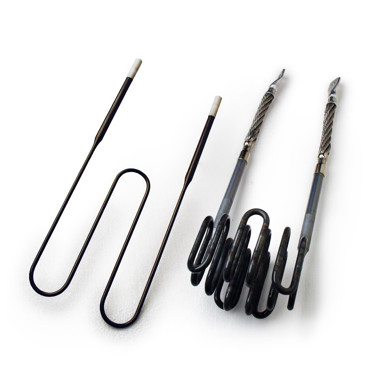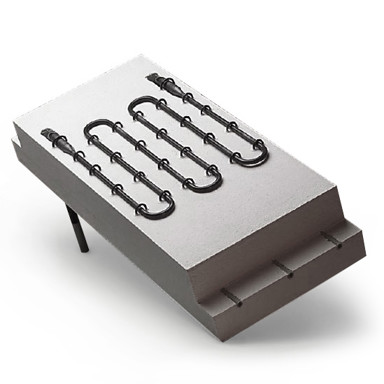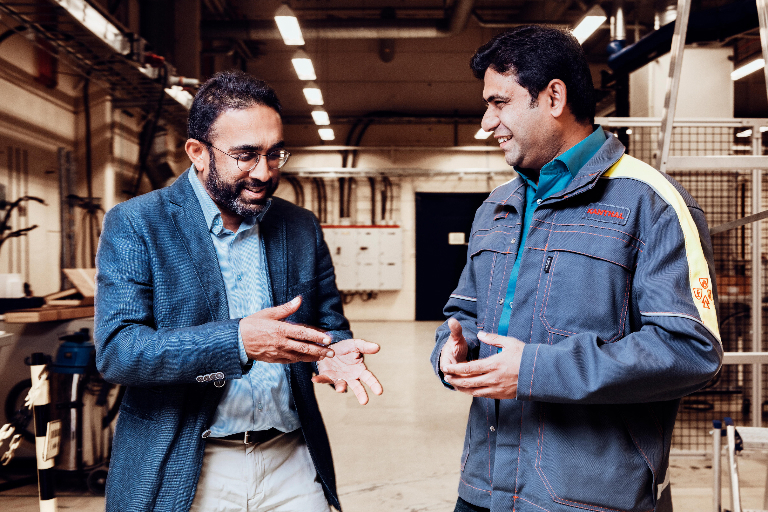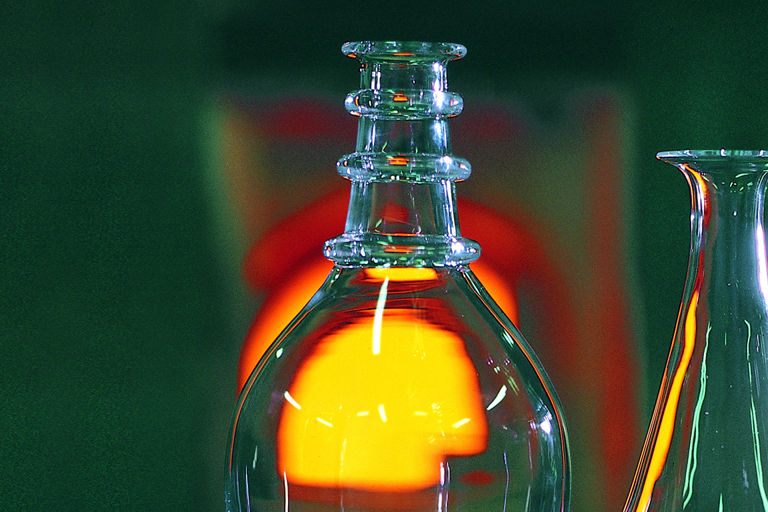While there are multiple methods for producing fiber optic cables, such as Modified Chemical Vapor Deposition (MCVD) and Outside Vapor Deposition (OVD), sintering is always an important step in the process. This is when the soot boule is heated in a controlled atmosphere to temperatures between 1,400 and 1,600°C (2,550-2,900°F). This reduces the surface of porous material to form a more compact glass preform, which is later drawn out to create the final optical cable.
The sintering process in brief
The soot boule is heated in a controlled atmosphere to between 1,400 and 1,600°C (2,550-2,900°F), to reduce the surface of porous material and form a more compact glass preform. This is later drawn out to create optical cables.
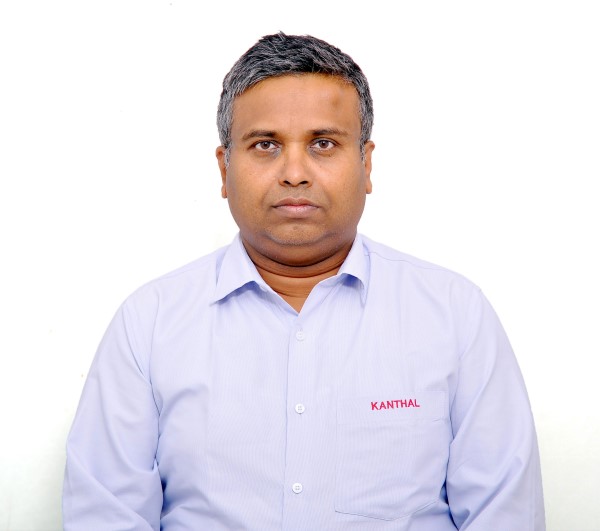 Rudrarup Sengupta, Technical Marketing Manager-HS, Kanthal
Rudrarup Sengupta, Technical Marketing Manager-HS, Kanthal
The quality of sintering depends on the temperature uniformity within the furnace.
“The quality of sintering depends on the temperature uniformity within the furnace,” says Rudrarup Sengupta, Technical Marketing Manager-HS, India, Kanthal. “Since optical fibers are used for transmitting wavelengths, they need to be developed with a specific refractive index. Having precise control over the heat input and temperature allows you to adjust the preform speed so you can achieve this and optimize the final product.”
Broadest range of heating solutions on the market
For manufacturers of optical fiber cables, the challenge is to obtain a high level of precision and uniformity despite the high temperature requirements. Sintering furnaces are also typically compact with limited space and are very energy intensive.
Due to its ability to provide uniform heat across the preform, Kanthal® Super molybdenum disilicide (MoSi2) heating elements have long been supplied in many sintering furnaces for optical fibers. They are also compact elements, which helps to conserve space within the furnace. Superthal® heating modules can also be an option due to their insulation properties, which can reduce energy consumption per meter of optical fiber produced.
Kanthal® Super is available in multiple grades and offers the broadest range on the market. The Kanthal® Super 1900, in particular, is unique due to its ability to withstand temperatures of up to 1,850°C (3,360°F) which is the highest temperature on the market for a MoSi2 element.
Furnace simulations for optimal element placement
Another advantage to working with Kanthal is its global presence, which expands to more than 60 countries. This helps bring its team of highly competent engineers closer to the end users and enables better support in the event of any furnace issues.
“In this application, temperature uniformity depends a lot on where the furnace builder positions their heating elements,” says Sengupta. “What Kanthal can do is offer a furnace analysis and a thermal simulation to check the temperature uniformity. This way, OEMs and furnace builders can determine the optimal location of the heating elements prior to installation.”
使用 Kanthal 加热解决方案制造阳极材料的三大好处
- 元件寿命更长。 在采用石墨的阳极材料生产中,Globar® HDP SiC 加热元件的寿命是传统技术的两倍。
- 可定制设计。 您可利用 Kanthal 的丰富经验和专业知识,定制设计适合您工艺的加热元件。
- 全球技术支持。 我们为确保运行可靠和无需维护而提供持续支持。
相关产品
Kanthal产品和服务系列
Read more
近期文章
